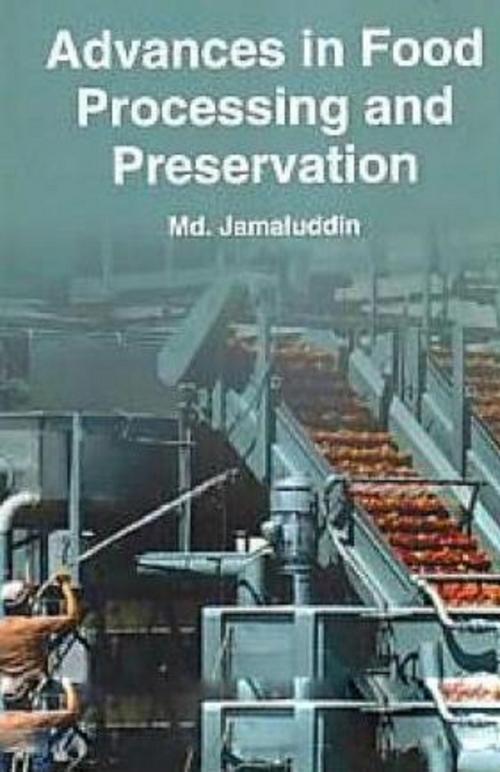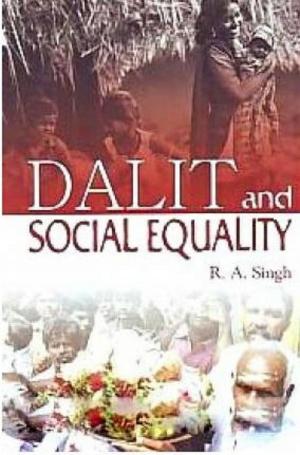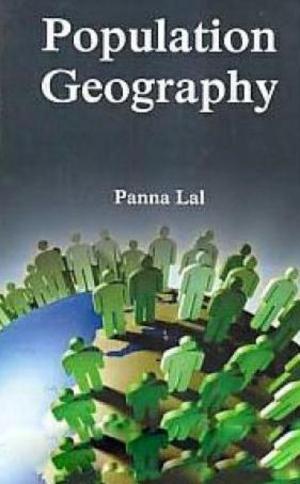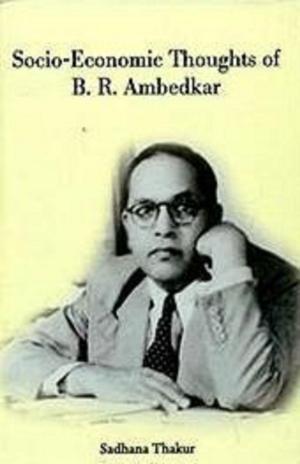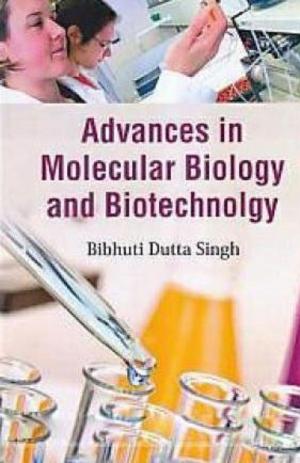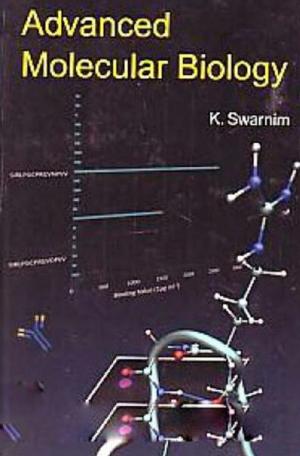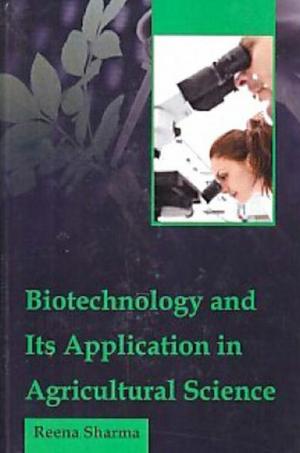Advances in Food Processing and Preservation
Nonfiction, Science & Nature, Technology, Food Industry & Science| Author: | Md. Jamaluddin | ISBN: | 9789387798502 |
| Publisher: | Anmol Publications PVT. LTD. | Publication: | June 30, 2015 |
| Imprint: | Anmol Publications PVT. LTD. | Language: | English |
| Author: | Md. Jamaluddin |
| ISBN: | 9789387798502 |
| Publisher: | Anmol Publications PVT. LTD. |
| Publication: | June 30, 2015 |
| Imprint: | Anmol Publications PVT. LTD. |
| Language: | English |
Food processing is the transformation of raw ingredients, by physical or chemical means into food, or of food into other forms. Food processing combines raw food ingredients to produce marketable food products that can be easily prepared and served by the consumer. Food processing typically involves activities such as mincing and macerating, liquefaction, emulsification, cooking, pickling and preservation, canning or jarring. Benefits of food processing include toxin removal, preservation, easing marketing and distribution tasks, and increasing food consistency. In addition, it increases yearly availability of many foods, enables transportation of delicate perishable foods across long distances and makes many kinds of foods safe to eat by deactivating spoilage and pathogenic micro-organisms. Modern supermarkets would not exist without modern food processing techniques, and long voyages would not be possible. The book provides comprehensive coverage of the processing and preservation aspects of food science that include chemical, microbiological and technological processes on the one hand, and assessment of food quality and safety.
Food processing is the transformation of raw ingredients, by physical or chemical means into food, or of food into other forms. Food processing combines raw food ingredients to produce marketable food products that can be easily prepared and served by the consumer. Food processing typically involves activities such as mincing and macerating, liquefaction, emulsification, cooking, pickling and preservation, canning or jarring. Benefits of food processing include toxin removal, preservation, easing marketing and distribution tasks, and increasing food consistency. In addition, it increases yearly availability of many foods, enables transportation of delicate perishable foods across long distances and makes many kinds of foods safe to eat by deactivating spoilage and pathogenic micro-organisms. Modern supermarkets would not exist without modern food processing techniques, and long voyages would not be possible. The book provides comprehensive coverage of the processing and preservation aspects of food science that include chemical, microbiological and technological processes on the one hand, and assessment of food quality and safety.
